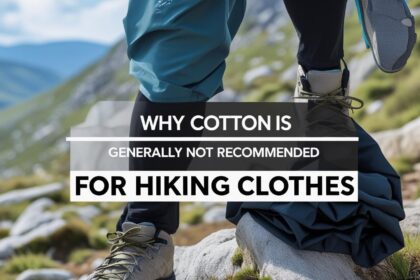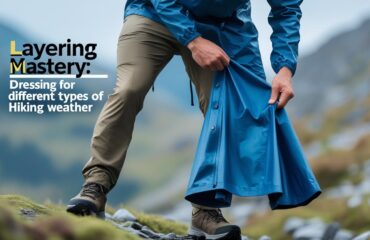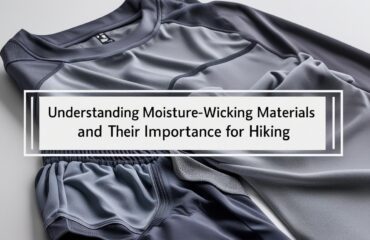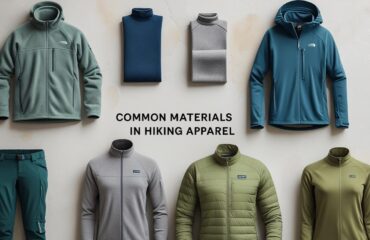Why Cotton is Generally Not Recommended for Hiking Clothes

While cotton might seem like a comfortable and breathable option, it’s generally not recommended for hiking apparel. This is primarily due to its moisture management properties, which can lead to discomfort and even dangerous situations on the trail.
The main issue with cotton is that it absorbs moisture. When you sweat or encounter rain, cotton fibers soak up the water and retain it. This might not seem like a big deal initially, but as your hike progresses, that moisture-laden cotton becomes a burden. Instead of wicking away sweat to keep you dry, cotton holds onto it, leaving you feeling damp, cold, and uncomfortable.
Imagine this: you’re on a summer hike, and you’ve opted for a cotton t-shirt. At first, it feels fine, but as you exert yourself, the shirt becomes saturated with sweat. It clings to your skin, feels heavy, and starts to chafe. This not only detracts from your enjoyment of the hike but can also lead to skin irritations.
The problems are amplified in cooler conditions. Wet cotton can significantly lower your body temperature, increasing the risk of hypothermia. This is because water conducts heat away from the body much faster than air, and wet cotton acts like a cold, damp blanket.
Another significant drawback of cotton is its slow drying time. Unlike synthetic materials like polyester or nylon, which dry relatively quickly, cotton can take hours to dry completely. This is problematic if you encounter unexpected rain or sweat profusely during your hike. The prolonged wetness can lead to discomfort, skin infections, and a general feeling of being chilled.
In contrast, moisture-wicking fabrics are designed to pull sweat away from your skin, allowing it to evaporate quickly. This helps you stay dry, comfortable, and regulate your body temperature more effectively. These fabrics are also lightweight and quick-drying, making them ideal for hiking in variable weather conditions.
Furthermore, the weight of wet cotton can be surprisingly burdensome. A cotton t-shirt that weighs only a few ounces when dry can easily double or triple in weight when soaked with sweat or rain. This added weight can make hiking more challenging and tiring, especially on longer treks.
While cotton might be suitable for casual wear, it’s generally advisable for hikers to avoid it in favor of moisture-wicking fabrics. Investing in hiking apparel made from synthetic materials or merino wool will significantly enhance your comfort, performance, and safety on the trail, particularly in unpredictable weather conditions.




